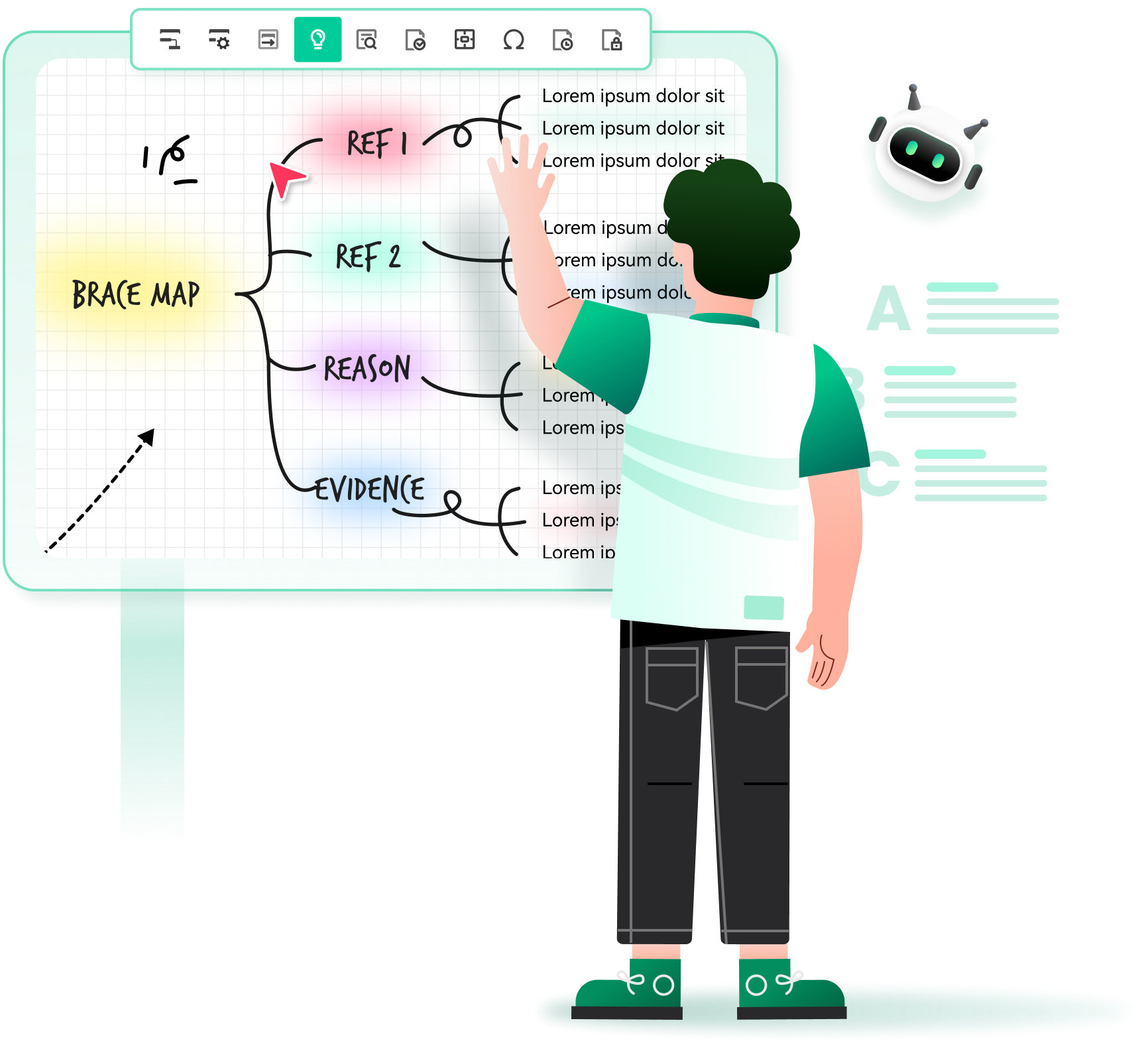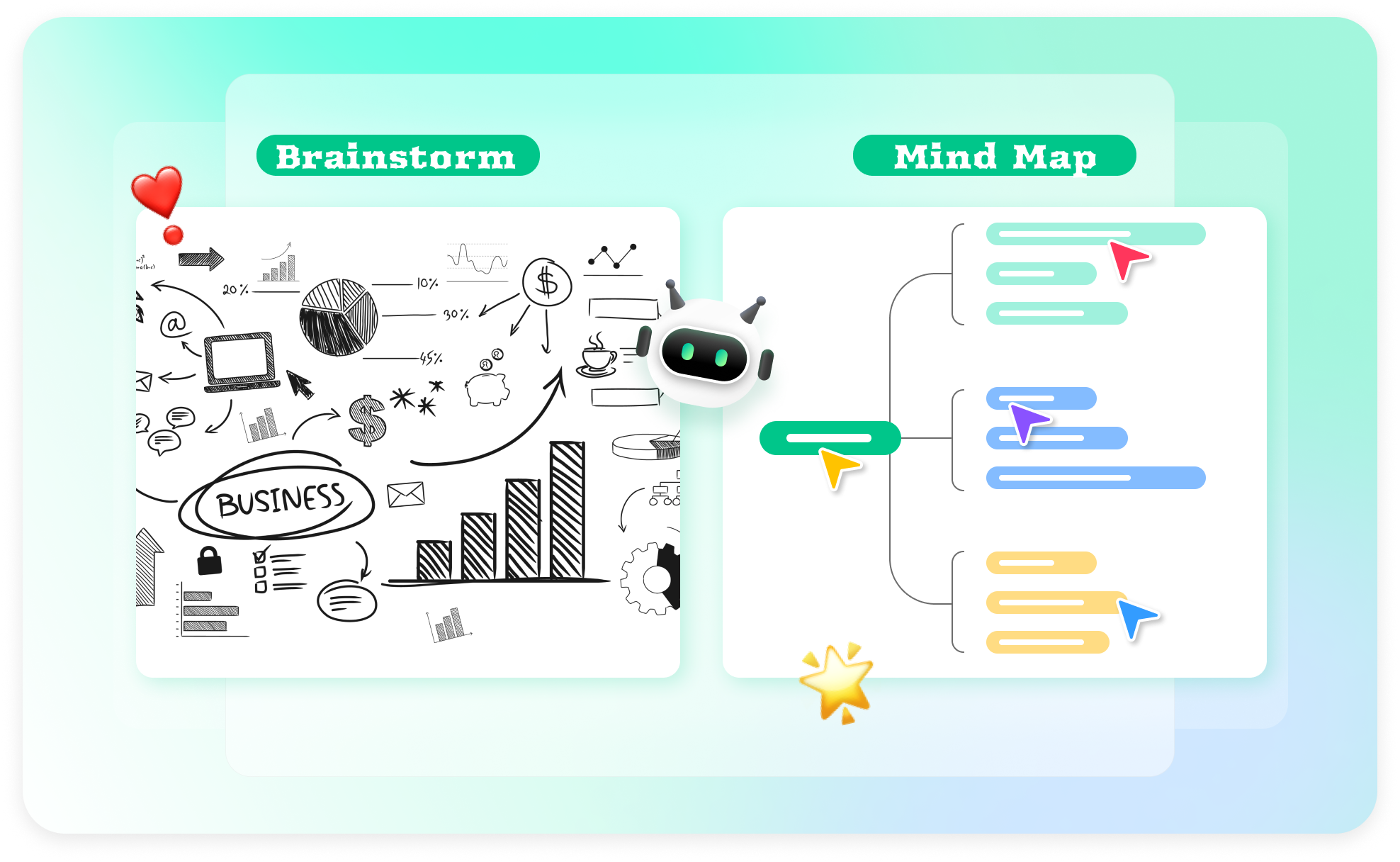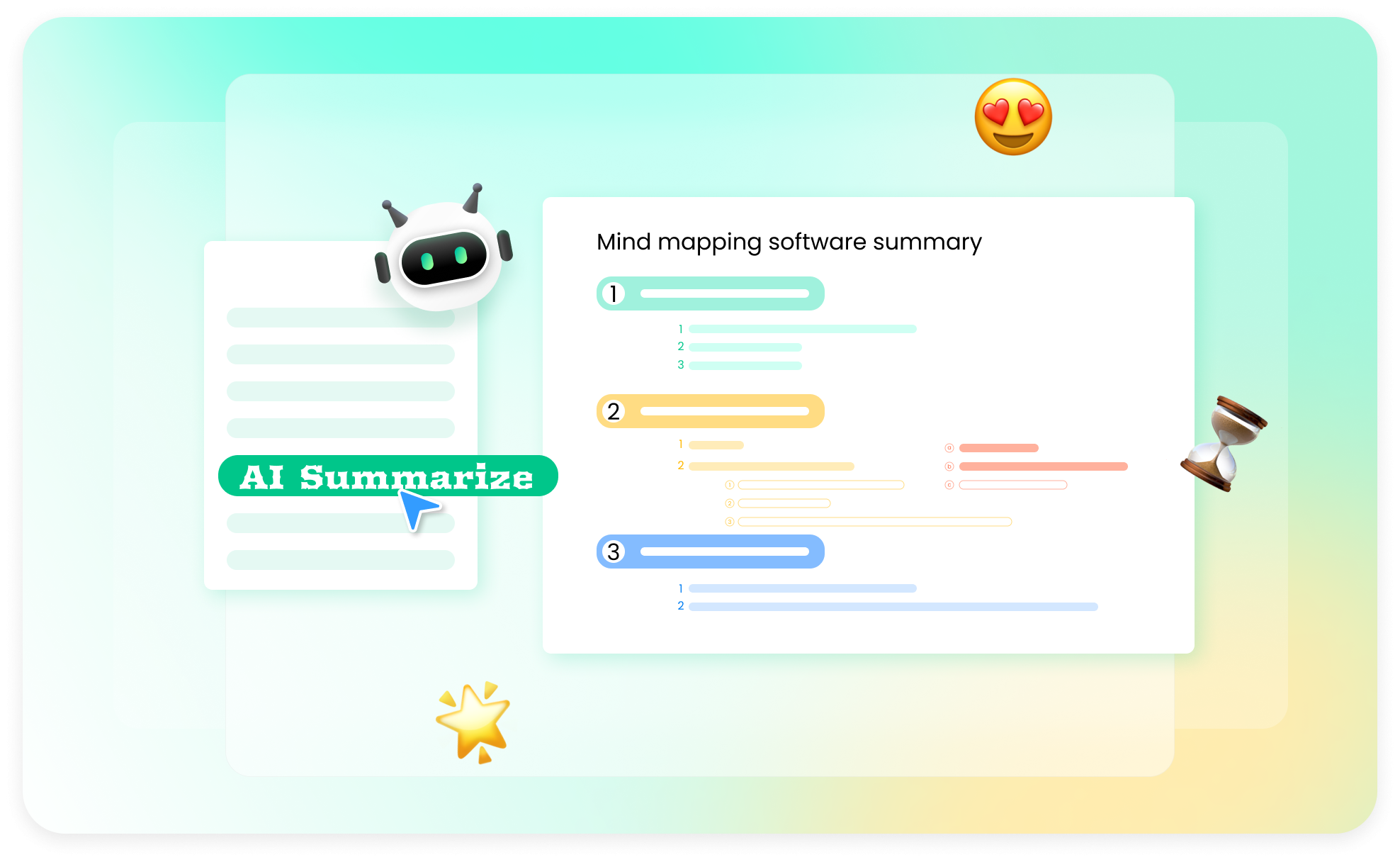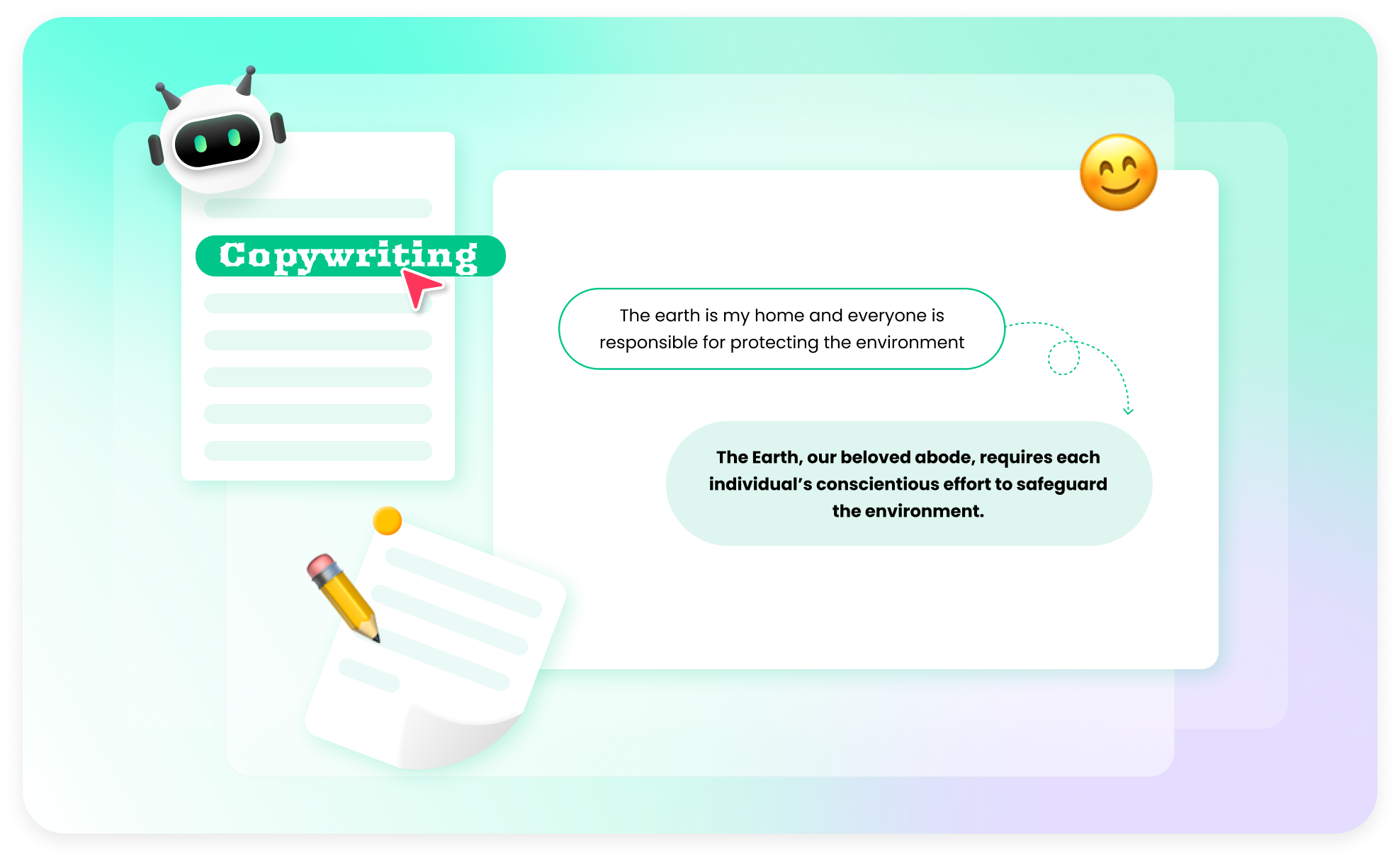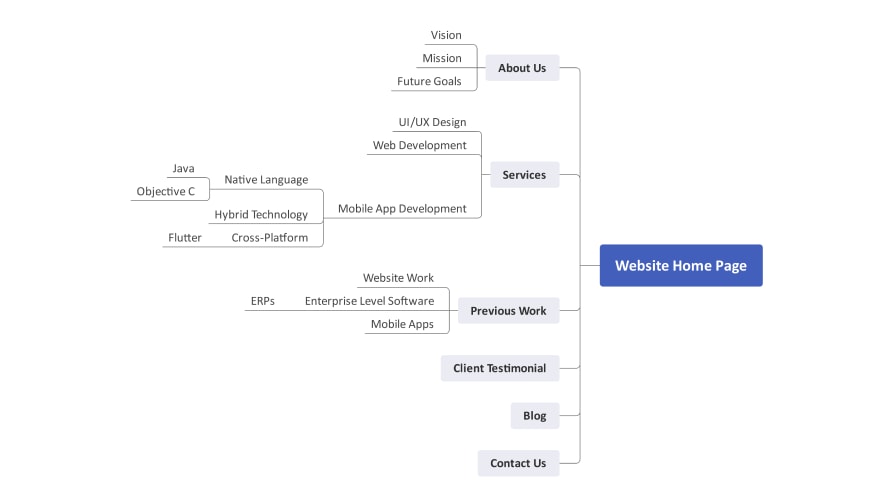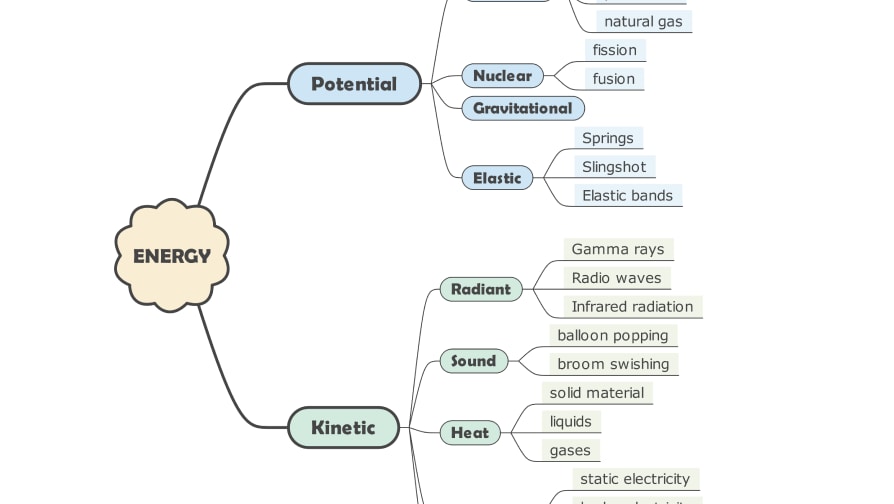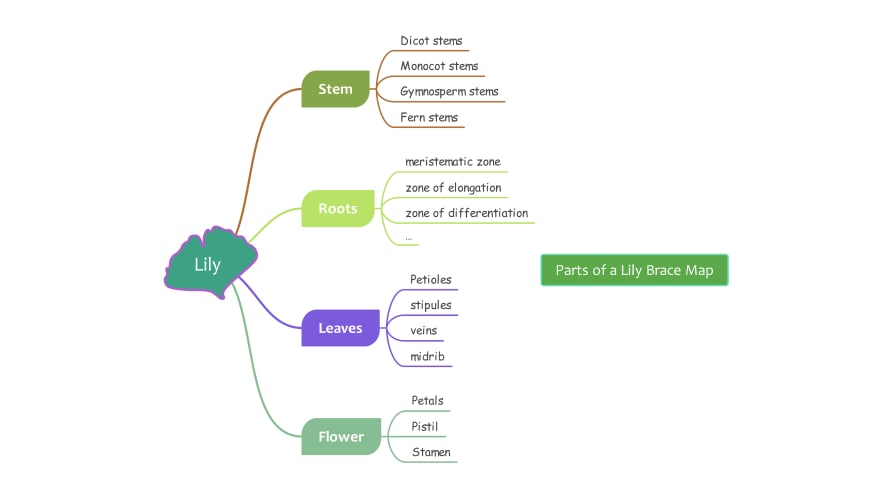AI-powered brace map maker Hot
What is a brace map
A brace map is a type of graphic organizer or mind map that uses
braces or curvy lines to show the relationship between main ideas
and supporting details. It is often used for brainstorming,
organizing thoughts, or summarizing information in a visual and
hierarchical way.

 Brainstorming
Brainstorming
Visualize and organize ideas using brace maps during
brainstorming sessions. Each idea can be placed in a separate
branch of the brace map, making it easy to see the connections
between different concepts.
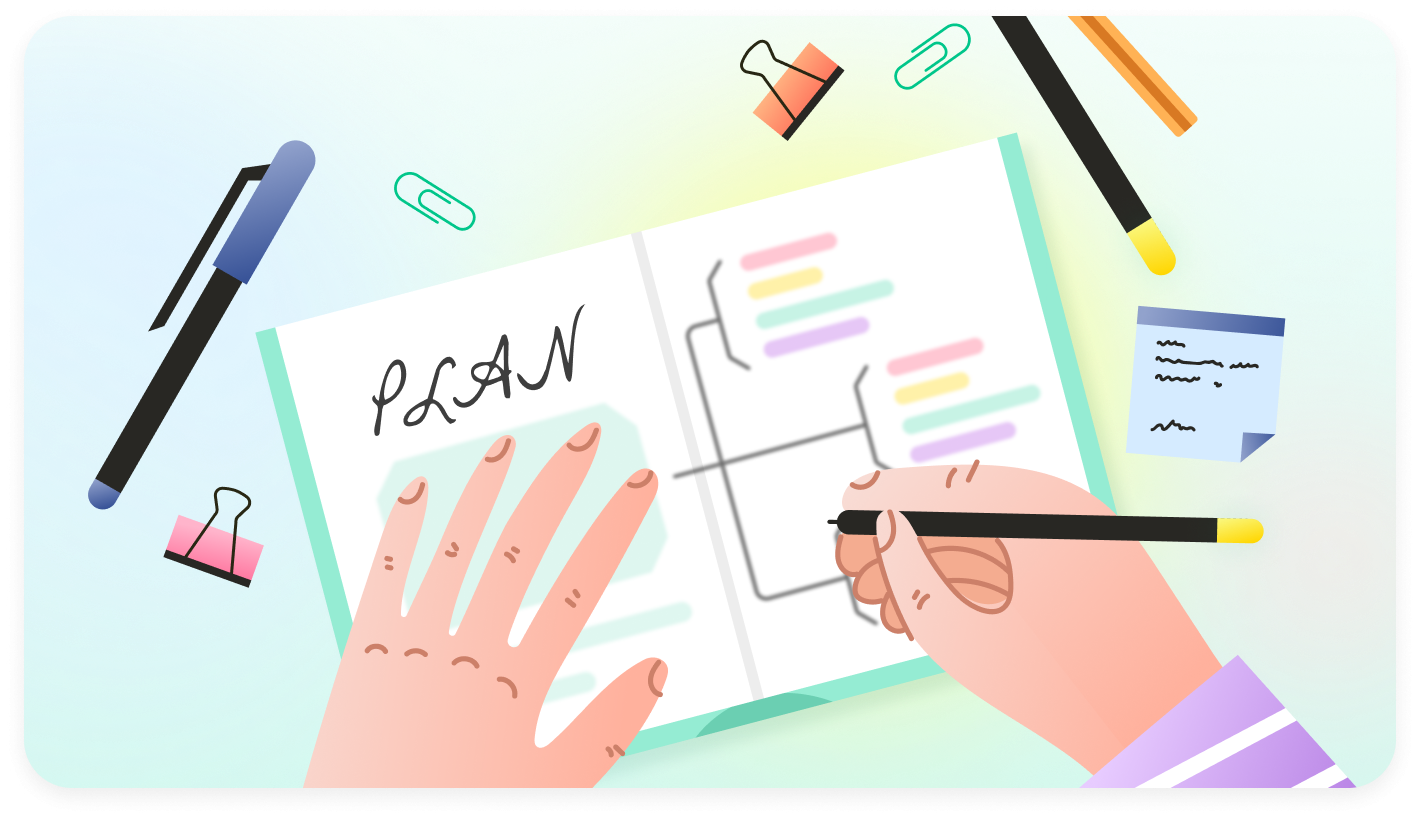
 Planning and goal-setting
Planning and goal-setting
Break down objectives, identify solutions, and explore
approaches with branches, evaluating pros and cons to facilitate
effective decision-making in both problem-solving and strategic
planning scenarios.
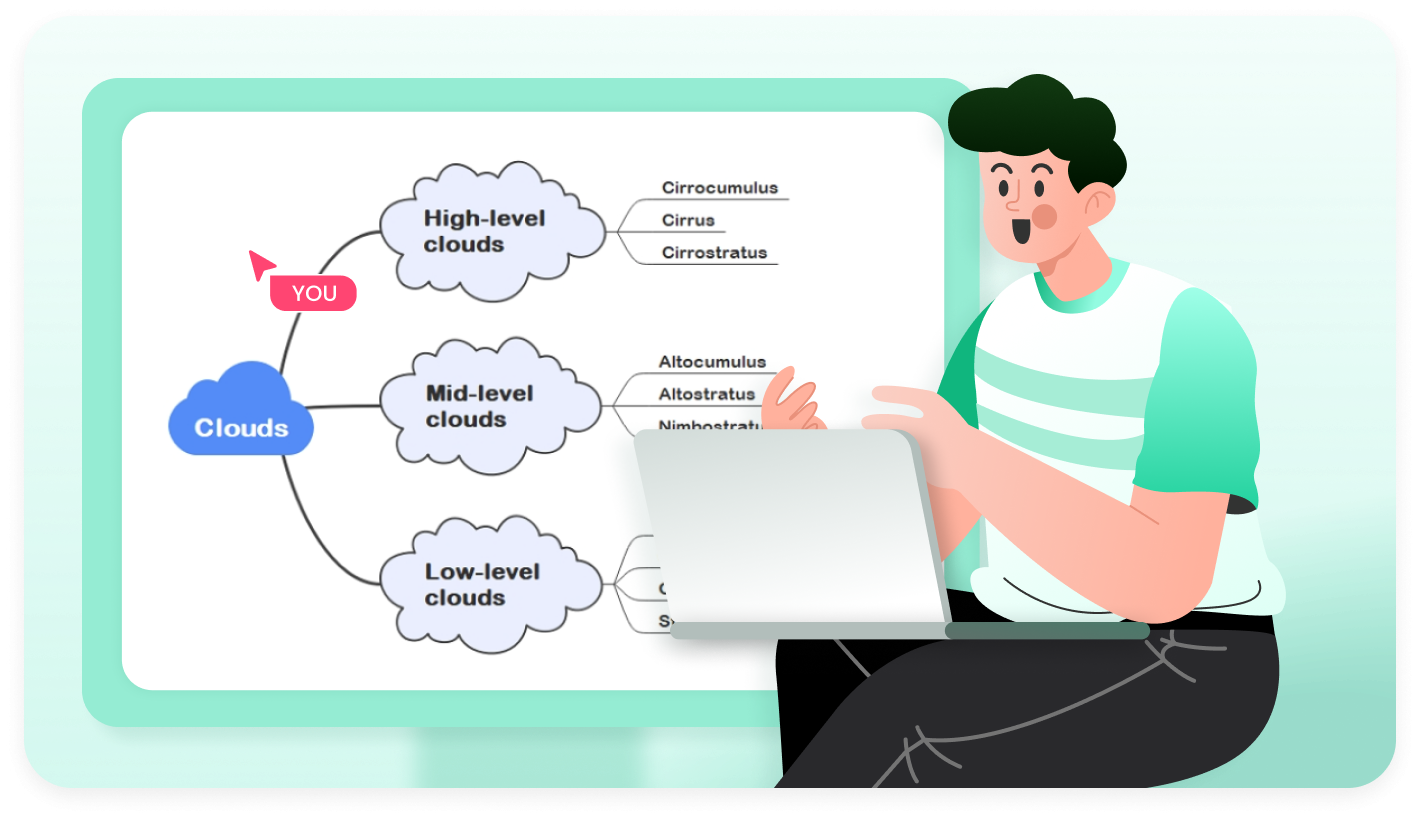
 Learning and analyzing
Learning and analyzing
Simplify subjects, uncover key ideas, and navigate diverse
learning paths. Assess the positives and negatives to enhance
study planning, making complex concepts more accessible for
effective learning.
How to create a brace map?
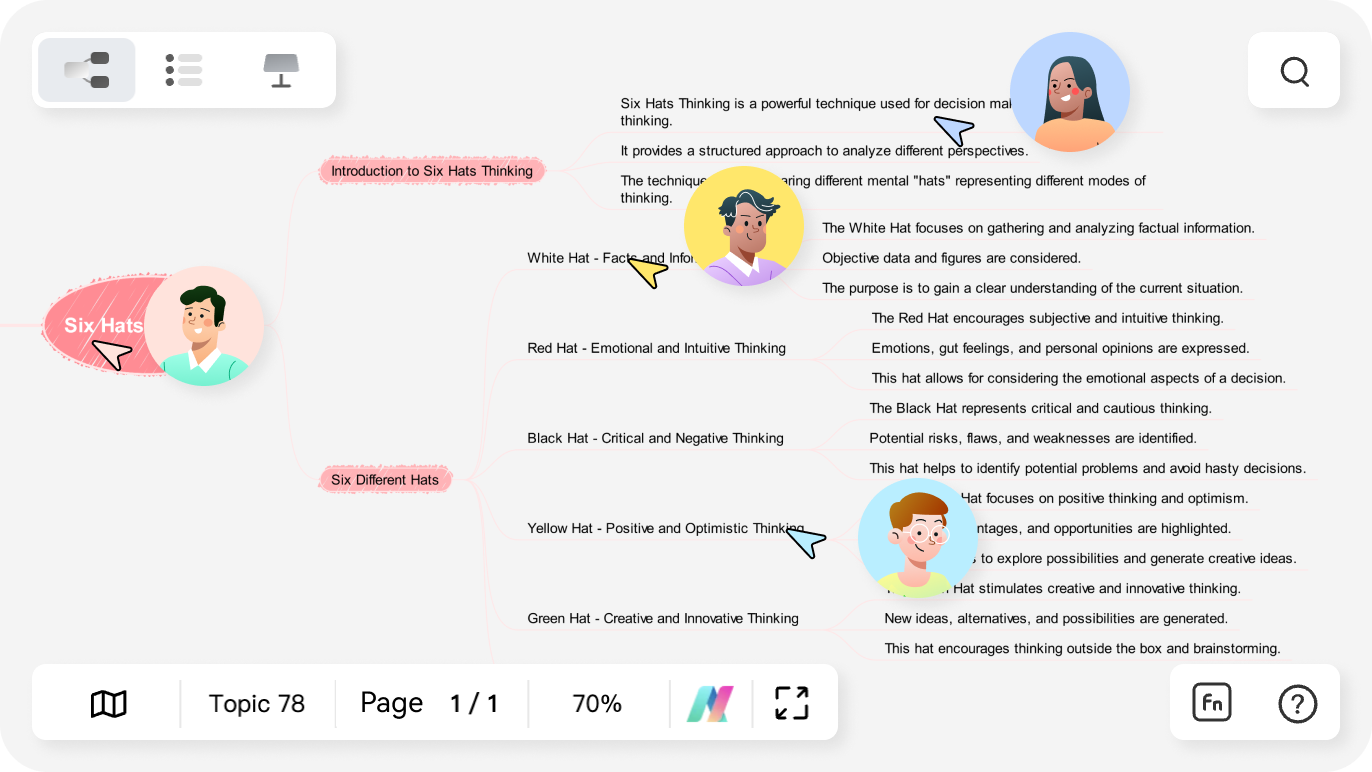
-
Step 1: Identify main concept
Begin by clearly defining the core topic or idea you wish to prominently represent in the brace map. -
Step 2: Draw central box
Enclose the main concept with a distinct shape, such as a box or circle, placing it at the center of your page. -
Step 3: Extend braces
Draw lines (braces) radiating outward from the central concept, connecting to supporting details or related subtopics. -
Step 4: Label each brace
Clearly label each brace with brief yet informative descriptions, summarizing the supporting details or subtopics it represents. -
Step 5: Connect additional details
Clearly label each brace with brief yet informative descriptions, summarizing the supporting details or subtopics it represents. -
Step 6: Format and customize
Conclude by optimizing the map's visual appeal. Adjust the layout, use colors, and ensure the content is visually organized for clarity.
Brace map templates in EdrawMind
EdrawMinder voices


FAQs on brace map makers
Is there any free software to make a brace map?
Yes, there are several free software options for creating
brace maps. Examples include online tools like EdrawMind,
Miro, ClickUp, and MindManager. Additionally, many basic
graphic design software, like Canva and Google Drawings,
can be used for creating brace maps.
Is there any online tool to make a brace map?
Certainly! There are several online tools for creating
brace maps, including EdrawMind, Bubbl.us, Coggle, and
Lucidchart. These platforms provide user-friendly
interfaces, collaborative features, and diverse options
for designing visual brace maps to organize and represent
information effectively.
Can I export or share my brace map created using online
tools?
Yes, most online brace map makers including EdrawMind
allow users to export maps in various formats (PNG, PDF,
etc.) and share them either as editable files or view-only
links for collaborative work or presentations.
What are the key components of a brace map and how are they
interconnected?
The key components of a brace map include:
Main concept: The central idea enclosed in a box or circle.
Braces: Lines extending from the main concept, connecting to supporting details.
Supporting details: Additional information or subtopics connected to the main concept.
They are interconnected through visual lines (braces) to demonstrate relationships, with the main concept serving as the focal point.
Main concept: The central idea enclosed in a box or circle.
Braces: Lines extending from the main concept, connecting to supporting details.
Supporting details: Additional information or subtopics connected to the main concept.
They are interconnected through visual lines (braces) to demonstrate relationships, with the main concept serving as the focal point.
What techniques or strategies can be used to create
effective and comprehensive brace maps?
Clear hierarchy: Establish a clear hierarchy by
organizing main concepts and supporting details in a
logical order.
Concise labels: Use concise and descriptive labels to represent information on braces for easy understanding.
Visual consistency: Maintain visual consistency in terms of color, font, and style for a cohesive look.
Balanced layout: Ensure a balanced and visually appealing layout, avoiding overcrowding or excessive whitespace.
Color coding: Utilize color coding to categorize information and enhance visual differentiation.
Review and revise: Regularly review and revise your brace map to accommodate changes or improvements in content.
Collaboration: Consider collaborative tools if working in a team, allowing multiple contributors to edit and refine the brace map.
Concise labels: Use concise and descriptive labels to represent information on braces for easy understanding.
Visual consistency: Maintain visual consistency in terms of color, font, and style for a cohesive look.
Balanced layout: Ensure a balanced and visually appealing layout, avoiding overcrowding or excessive whitespace.
Color coding: Utilize color coding to categorize information and enhance visual differentiation.
Review and revise: Regularly review and revise your brace map to accommodate changes or improvements in content.
Collaboration: Consider collaborative tools if working in a team, allowing multiple contributors to edit and refine the brace map.
Ignite your creativity with EdrawMind AI's futuristic mind mapping.

